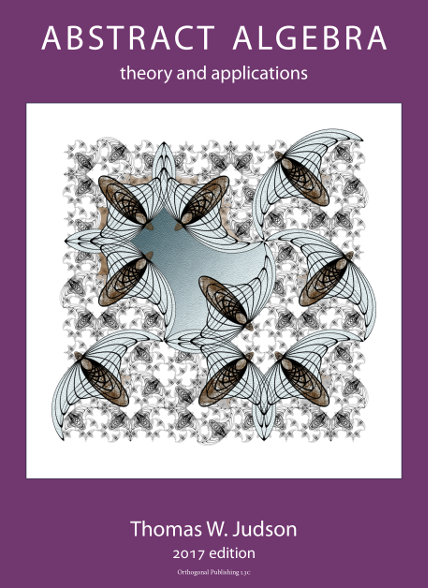Section4.2Preparation
ObjectivesKey Definitions and Theorems
Subsection4.2.1Acquaint 6
- Watch the videos above, and read Section 4.3 and leave comments, questions, and discussions using your http://hypothes.is account.
- Complete Acquaint 6 by 10:00am on Wednesday 10/2.
Subsection4.2.2Acquaint 7
- Watch the videos above, and read Section 4.3 and leave comments, questions, and discussions using your http://hypothes.is account.
- Complete Acquaint 7 by 10:00am on Friday 10/4.
Subsection4.2.3Homework 4
Homework exercises are valuable preparation for your quiz on this material. Generally I do not collect homework for grading -- however, I will expect to review your homework progress in the event of your requesting a revision on a quiz. You are welcome to discuss homework problems with your groups and with the class, both in person and in the Slack #math channel.
Subsubsection4.2.1Exercises
- Exercises 4.5, #1.
- Exercises 4.5, #2.
- Exercises 4.5, #3.
- Exercises 4.5, #8.
- Exercises 4.5, #11.
- Exercises 4.5, #13.
- Exercises 4.5, #23.
- Exercises 4.5, #24.
- Exercises 4.5, #26.
- Exercises 4.5, #27.
- Exercises 4.5, #30.
- Let \(G\) be a group and suppose that \(s,t\in G\) are two involutions (elements of order two). Prove that \(s\) and \(t\) commute (i.e., that \(st = ts\)).
- Let \(G\) be a group and suppose that \(s,t\in G\) are two involutions (elements of order two). Prove that either \(s = t\text{,}\) or there exists a third involution in \(G\) distinct from both \(s\) and \(t\text{.}\)
- Complete and prove the following conjecture: Let \(G\) be a cyclic group. If there exists an element \(g\in G\) with \(|g| = \infty\text{,}\) then \(G\) has ___ elements of finite order.
- Consider the additive group of integers, \(\mathbb{Z}=(\mathbb{Z},+)\text{.}\) Prove that every subgroup of \(\mathbb{Z}\) is cyclic.
- Suppose that \(n = 2^k\) for some \(k\geq 3\text{.}\) Prove that the multiplicative group \(\mathcal{U}(n)\) is not cyclic.
- Let \(G\) be a group and \(a\in G\) have infinite order. If \(H = \langle a \rangle\text{,}\) describe all subgroups \(K \lt H\text{.}\) Hint
The previous problem --- about the group of integers --- can provide some inspiration.
- Sketch the subgroup lattices for the additive groups \(\mathbb{Z}_8\) and \(\mathbb{Z}_{16}\text{.}\)
- Suppose \(G\) is a group and \(a,b\in G\) are elements that commute with one another ( \(ab = ba\) ). Prove that if \(|a| = k \lt \infty\) is finite and \(|b| = \infty\text{,}\) then \(\bigl|ab \bigr| = \infty\text{.}\)
- Suppose \(G\) is a group and \(a,b\in G\) are elements that commute with one another ( \(ab = ba\) ). Complete and prove a conjecture: If \(|a| = k \lt\infty\) and \(|b| = \ell \lt\infty\) are both finite, then \(\bigl|ab\bigr|\) can be...
